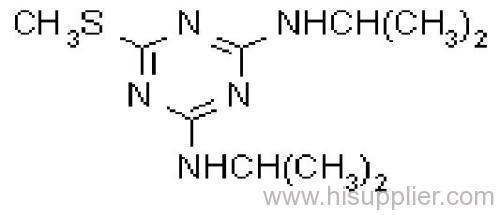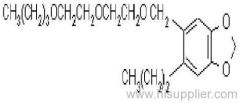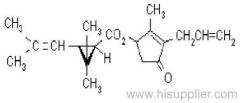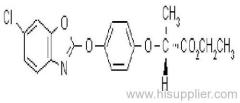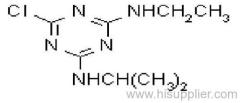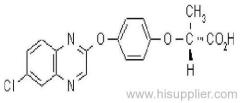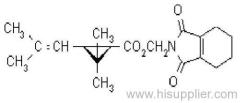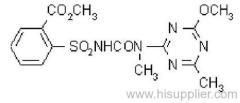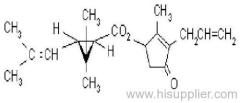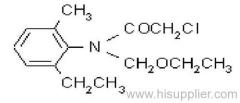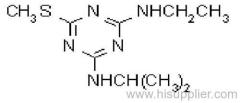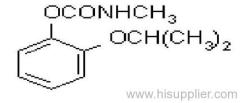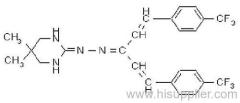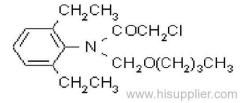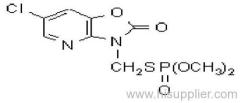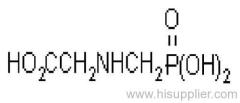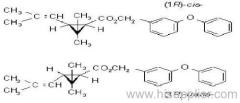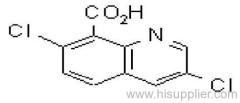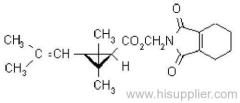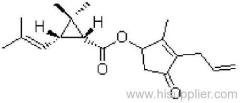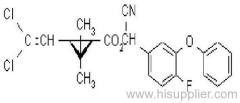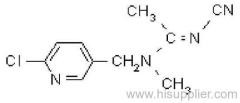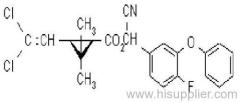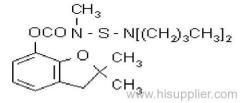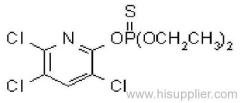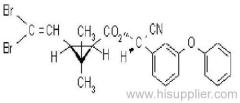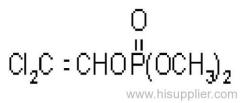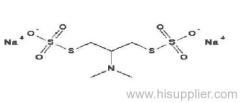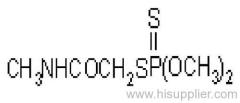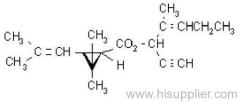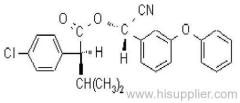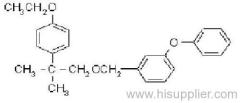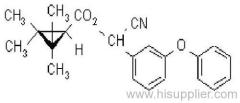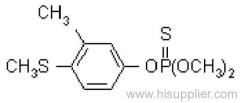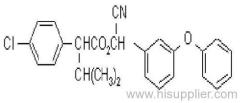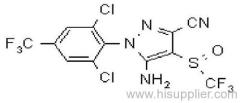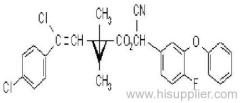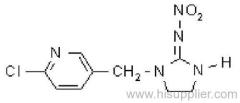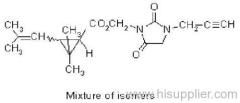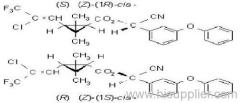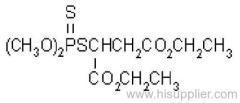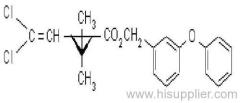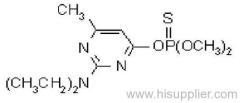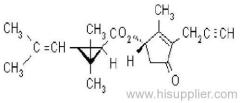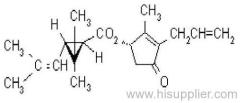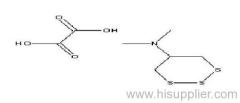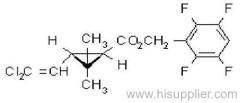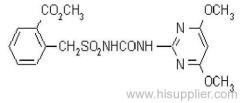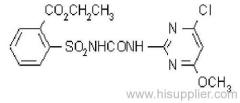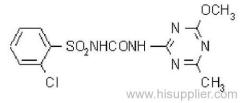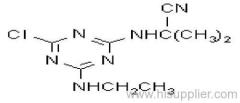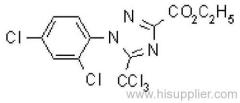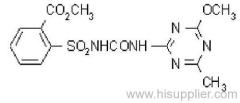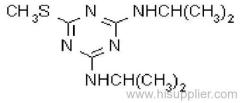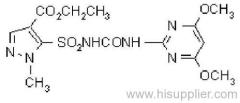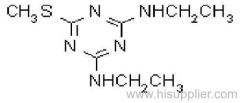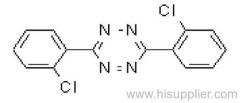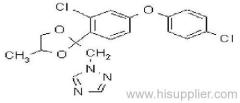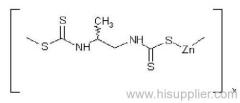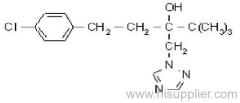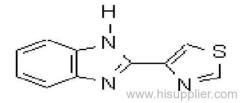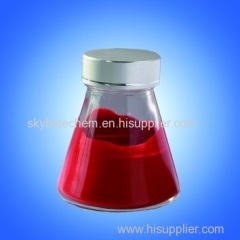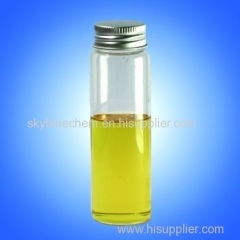
|
Shanghai Skyblue Chemical Co., Ltd.
|
Prometryn
| Place of Origin: | Shanghai, China (Mainland) |
|
|
|
| Add to My Favorites | |
| HiSupplier Escrow |
Product Detail
Selective systemic herbicide, absorbed by the leaves and roots, with translocation acropetally through the xylem from the roots and foliage, and...
Common name: prometryn; prometryne
IUPAC name: N2,N4-di-isopropyl-6-methylthio-1,3,5-triazine-2,4-diamine
Chemical Abstracts name: N,N'-bis(1-methylethyl)-6-(methylthio)-1,3,5-triazine-2,4-diamine
CAS RN: [7287-19-6]
IUPAC name: N2,N4-di-isopropyl-6-methylthio-1,3,5-triazine-2,4-diamine
Chemical Abstracts name: N,N'-bis(1-methylethyl)-6-(methylthio)-1,3,5-triazine-2,4-diamine
CAS RN: [7287-19-6]
PHYSICAL CHEMISTRY
Composition: Tech. is 96% pure. Mol. wt.: 241.4; M.f.: C10H19N5S; Form: White powder. M.p.: 118-120 ºC; B.p.: >300 °C/100 kPa. V.p.: 0.165 mPa (25 ºC) (OECD 104). KOW: logP = 3.1 (25 ºC, unionised). Henry: 1.2x10-3 Pa m3 mol-1 (calc.) S.g./density: 1.15 (20 ºC). Solubility: In water 33 mg/l (25 ºC). In acetone 300, ethanol 140, hexane 6.3, toluene 200, n-octanol 110 (all in g/l, 25 ºC). Stability: Stable to hydrolysis at 20 ºC in neutral, slightly acidic or slightly alkaline media. Hydrolysed by warm acids and alkalis. Decomposed by u.v. irradiation. pKa: 4.1, weak base.
APPLICATIONS
Biochemistry: Photosynthetic electron transport inhibitor at the photosystem II receptor site. Also inhibits oxidative phosphorylation.
Mode of action: Selective systemic herbicide, absorbed by the leaves and roots, with translocation acropetally through the xylem from the roots and foliage, and accumulation in the apical meristems.
Uses: Used pre-emergence, at 0.8-2.5 kg/ha, in cotton, sunflowers, peanuts, potatoes, carrots, peas and beans; post-emergence, at 0.8-1.5 kg/ha, in cotton, potatoes, carrots, celery and leeks.
Phytotoxicity: Used as a directed spray on cotton while young, to avoid foliar injury.
Formulation types: FW; SC; WP.
MAMMALIAN TOXICOLOGY
Oral: Acute oral LD50 for rats >2000 mg/kg.
Skin and eye: Acute percutaneous LD50 for rats >3100, rabbits >2020 mg/kg. Not irritant to skin and slightly irritant to eyes of rabbits. Not a skin sensitiser (guinea pigs).
Inhalation: LC50 (4 h) for rats >5170 mg/m3.
NOEL: (2 y) for rats 750, dogs 150 ppm; (21 mo) for mice 10 ppm.
ADI: 0.01 mg/kg.
Toxicity class: WHO (a.i.) III (Table 5); EPA (formulation) III (80 WP), II (4 L)
ECOTOXICOLOGY
Birds: Dietary LC50 (8 d) for bobwhite quail >5000, mallard ducks >500 ppm.
Fish: LC50 (96 h) for rainbow trout 5.5, bluegill sunfish 7.9 mg/l.
Daphnia: LC50 (48 h) 12.66 mg/l.
Algae: EC50 (5 d) for Selenastrum capricornutum 0.023 mg/l.
Other aquatic spp.: EC50 for mysid shrimp (Mysidopsis bahia) 1.7 mg/l.
Bees: Not toxic to bees. LD50 (oral) >99 ug/bee; (contact) >130 ug/bee.
Worms: LC50 (14 d) for earthworms 153 mg/kg soil.
ENVIRONMENTAL FATE
Plants: Metabolised by tolerant plants, and, to a lesser extent, by sensitive plants, by oxidation of the methylthio group to hydroxy metabolites, and by dealkylation of the side-chains. Degradation in plants is generally slow.
Soil/Environment: In soil, microbial degradation takes place, with oxidation of the methylthio group to hydroxy metabolites, and dealkylation of the side-chains. Median DT50 in soil 50 d (14-158 d). Koc 400, indicating low mobility in soil. Degradation in aquatic systems is caused by microbial processes; further dissipation results from adsorption to the suspended and bottom sediments.

